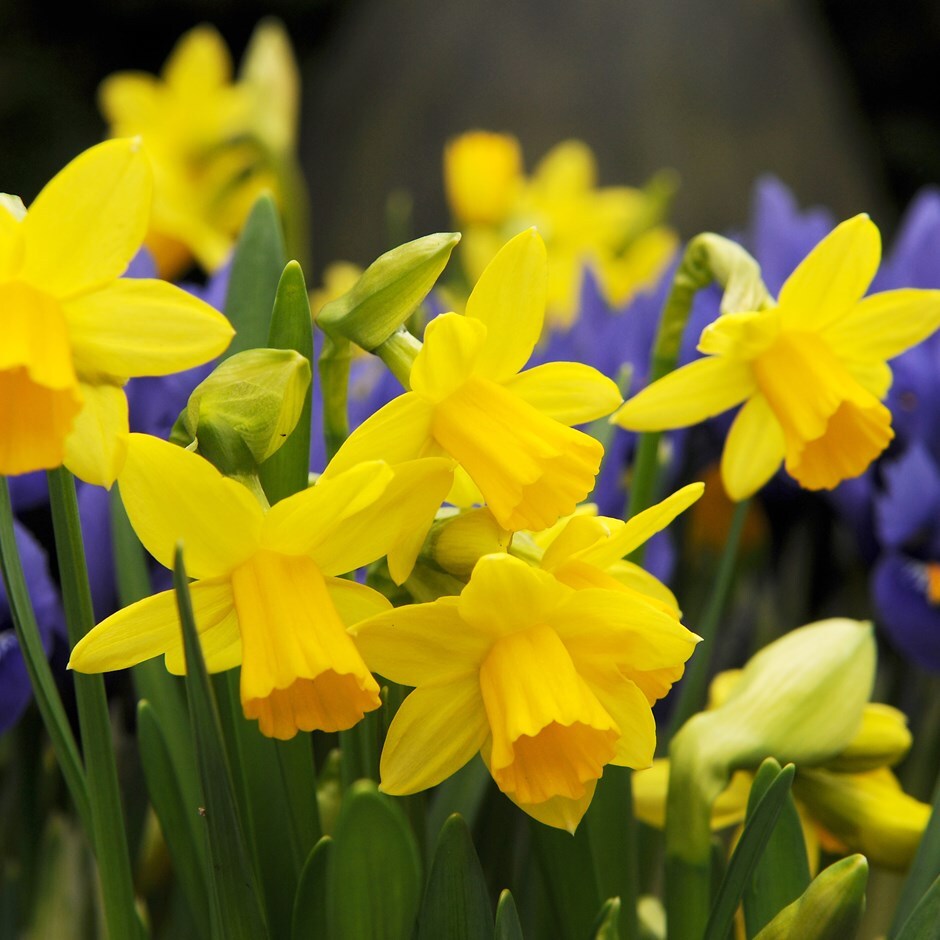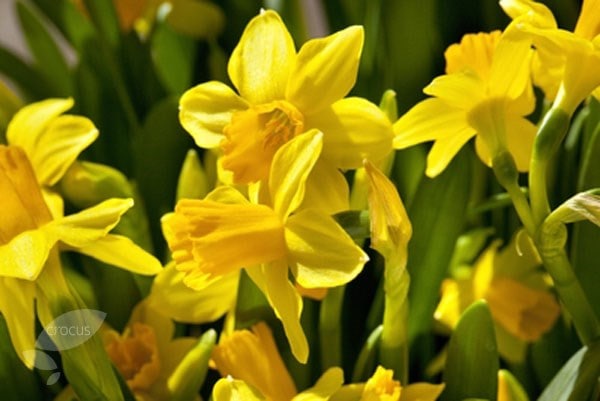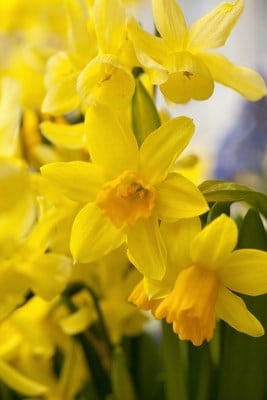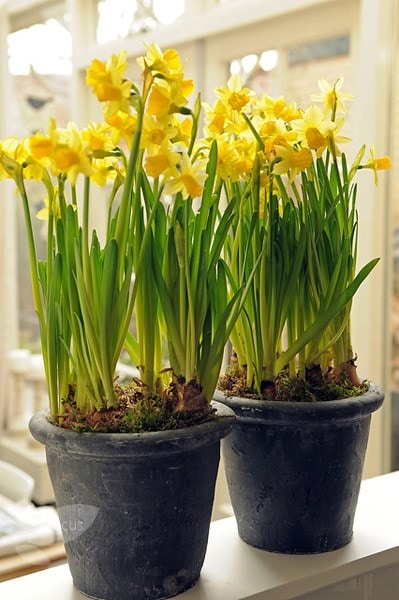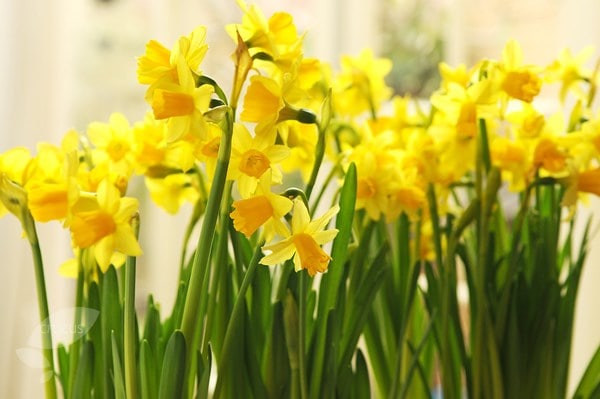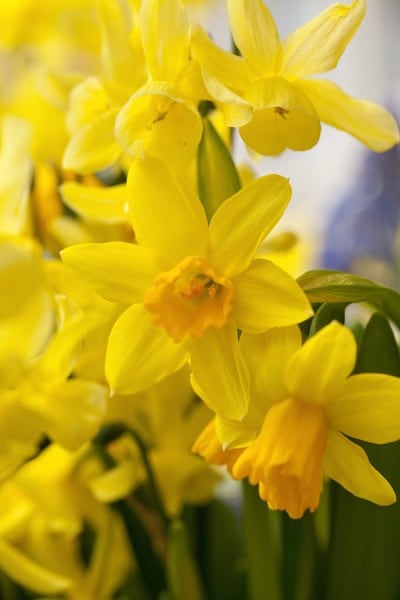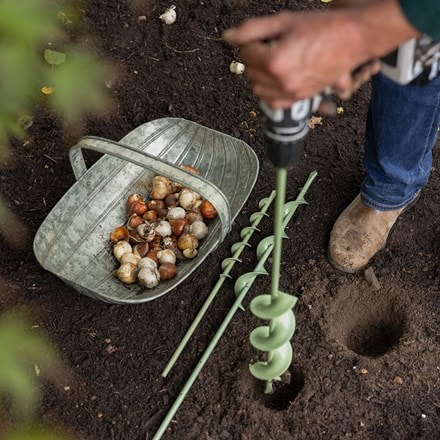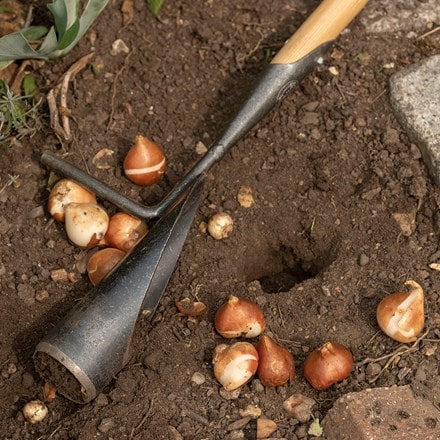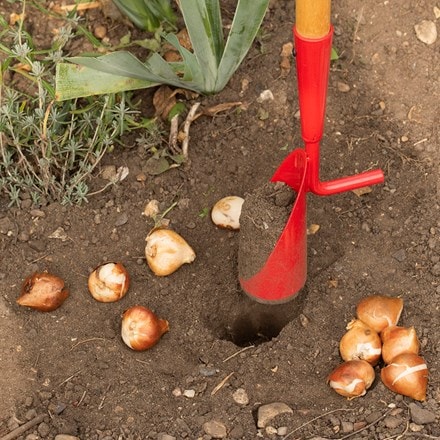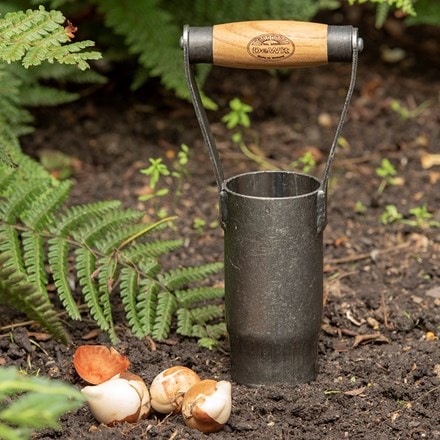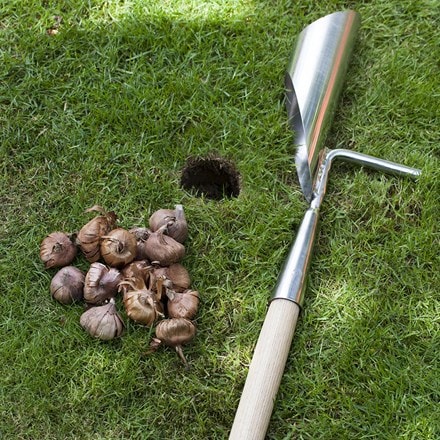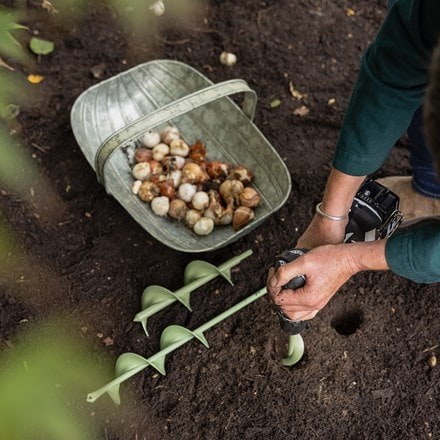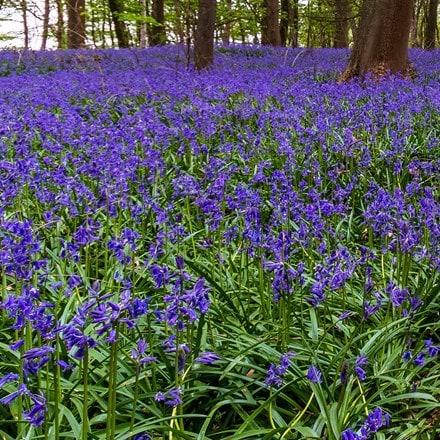Eventual height & spread
Narcissus 'Tête-à-tête'
miscellaneous daffodil bulbs - Narcissus Tete a Tete
- 10 × bulbs
- £2.99 £4.99
- In stock (shipped within 6-8 working days)
- 5 × bulbs | organic
- £3.59 £5.99
- In stock (shipped within 6-8 working days)
- 20 + 10 FREE bulbs
- £5.99 £9.98
- In stock (shipped within 6-8 working days)
- 9cm pot | 3 per pot
- £6.99
- available to order from spring
- 6 × 9cm pots
- £20.94 £41.94
- available to order from spring
Delivery options
- Bulbs (only) £4.95
- Position: full sun or partial shade
- Soil: moderately fertile, moist but well-drained soil, or general-purpose potting compost for containers
- Rate of growth: fast
- Flowering period: February to April
- Hardiness: fully hardy
- Bulb size: 10/11
Super-reliable and incredibly popular, Narcissus 'Tête-à-tête' is a multi-award-winning miniature daffodil, which once planted, will reappear each year in ever-increasing numbers. Producing 2 or 3 eye-catching yellow flowers on each stem, and growing to just 20cm or so in height, it’s the perfect ‘pop in and forget’ bulb, resulting in generous swathes of dazzling colour. Equally lovely in pots or borders, and providing the perfect antidote to the winter blues, the first flowers will often start appearing in February in milder regions, and typically span the months of March and April. Great for cutting rich in nectar, the small-scale trumpet-shaped flowers of tete tete narcissus are sought after by home florists, as well as early-rising pollinators looking to top up their energy levels. If you’re wanting to create an exceptional display with the minimum amount of fuss, tete a tete daffodils should go at the top of your shortlist.
Miniature daffodils and when to plant them
As their name suggests, miniature daffodils tend to be lower growing than many other varieties, but most will produce several flowering stems per bulb - and each of those will be topped with between one and three blooms. Therefore what they lack in stature they more than make up for in flower-power. Suitable for a wide range of planting schemes ranging from cottage to contemporary, narcissus tete a tete also do really well in pots, some of which could be brought inside for a few weeks while the bulbs are in bloom. Planting can take place anytime between late summer and late autumn. Late August, September and early October are ideal, however in milder regions, the planting season can be stretched to the end of November.Goes well with pairings
Create a successional bulb display that will last from January to July by teaming ‘Tête-à-tête’ with snowdrops, crocus, tulips and alliums - or try our own ready-made 6 months of flowering bulbs collection. When planting in pots, create ‘bulb lasagnes’ by planting them in layers and then topping with early-flowering bedding plants like primulas or winter-flowering pansies. For a simple, naturalised display, scatter handfuls of bulbs on the lawn and plant them where they fall.Collections included in
If you're not fully confident creating your own combinations, then opt for one of ours. In our Spring bouquet bulb collection we’ve paired it with a grape hyacinth and a species tulip to create a fresh and colourful mix, while the Bulbs for pots - Creams & yellows selection will help keep your potted displays brimming with colour for months on end. If however you just want more daffodils, then our Up to 6 months of daffodils collections will give you plenty to savour in the garden or the vase. Perfect for novice and more experienced gardeners, tete a tete narcissus are practically fail-safe provided you plant them in a relatively sunny spot with reasonably fertile, moist but freely-draining soil, or a good quality compost. Always place the bulbs pointy side up and approximately 10 to 15cm deep, and water them in well. An application of general-purpose fertiliser will also help promote strong root growth throughout the autumn.
After the daffodil bulbs have finished flowering, pinch off the spent flowerheads, leaving the stems and the leaves to completely die back naturally before tidying them away. In this way, the plants will conserve their energy, going on to produce bigger and better displays in subsequent years.
If you’re planting potfuls for the house, plant them shallowly, shoulder to shoulder and with their pointy tips peeping out above the surface of the compost. Enjoy them while in bloom, then decant and replant them out in the garden where they’ll come back year after year.
After the daffodil bulbs have finished flowering, pinch off the spent flowerheads, leaving the stems and the leaves to completely die back naturally before tidying them away. In this way, the plants will conserve their energy, going on to produce bigger and better displays in subsequent years.
If you’re planting potfuls for the house, plant them shallowly, shoulder to shoulder and with their pointy tips peeping out above the surface of the compost. Enjoy them while in bloom, then decant and replant them out in the garden where they’ll come back year after year.
- Humans/Pets: Harmful if eaten; skin irritant
